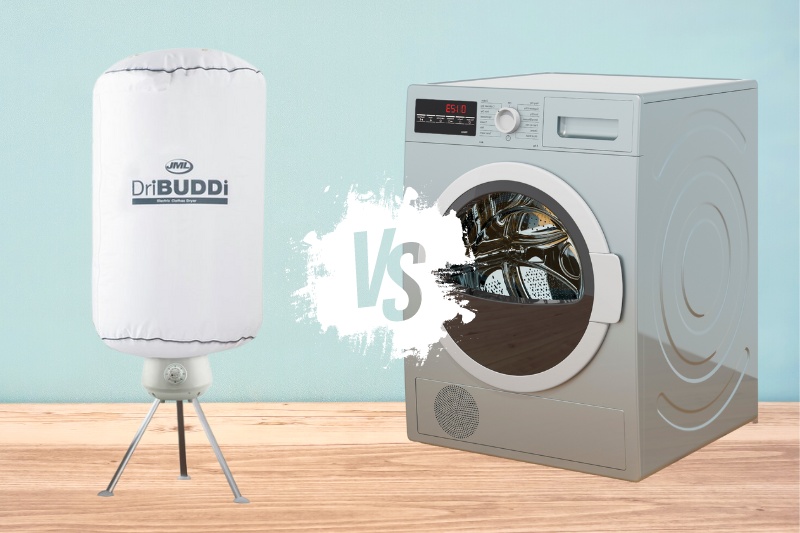When it comes to doing your laundry, there are numerous methods that you can use to dry your clothes.
For many people, the most popular choice is a tumble dryer. Since tumble dryers can quickly and efficiently dry large loads of laundry, they are often considered the most convenient choice among those living in larger households.
One drying method that many people haven’t heard of, though, is a drying pod. These appliances combine the idea of a tumble dryer with an airer by encasing several hanging rods inside a pod heated by a small fan.
More people have started using these pods to dry their laundry in recent years. But which method is best?
In this detailed guide, we will thoroughly compare a drying pod vs tumble dryer. Both methods are compared on various factors, including drying capacity, speed, and running costs, so you can decide which fits you best. Let’s get started!
1. Drying Capacity
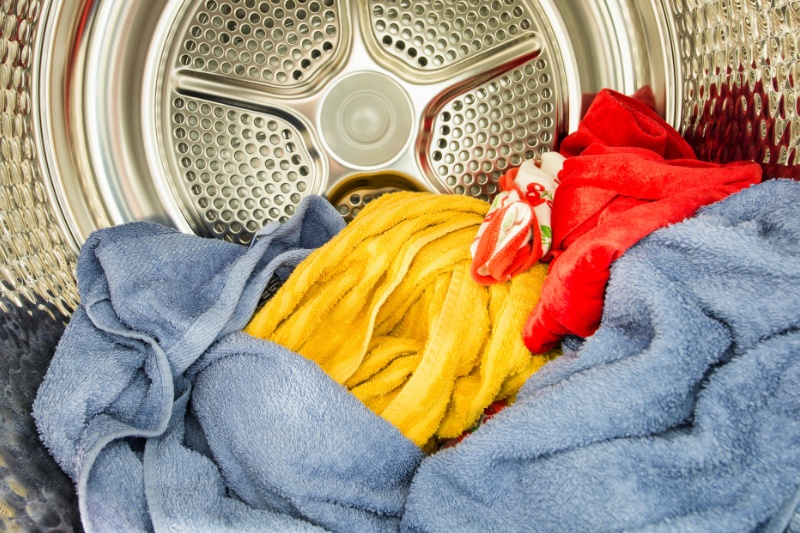
One of the main differences between a drying pod and a tumble dryer is the drying capacity.
Generally, most drying pods can hold 10 kg to 15 kg of wet washing at a time. Although this sounds like a lot, you must ensure that the clothing items are spread apart for even drying. If you’re hanging several heavy items, this can mean that only five or six garments can be hung at a time.
The height of a drying pod can also limit the size of the items you can dry. For example, maxi dresses and bed sheets are often too large to fit in the pod without them bunching up around the base.
In comparison, a tumble dryer’s capacity will vary greatly from model to model. The larger the drum capacity, the more you can dry at one time. Drum sizes often range from 6 kg to 11 kg, which is slightly smaller than the capacity of a drying pod.
However, clothes can be bunched together in a tumble dryer without interfering too much with drying, meaning you can fit larger items inside.
Also, the weight capacity of a tumble dryer refers to the dry weight of laundry, whereas the capacity of a drying pod refers to wet weight.
2. Drying Speed
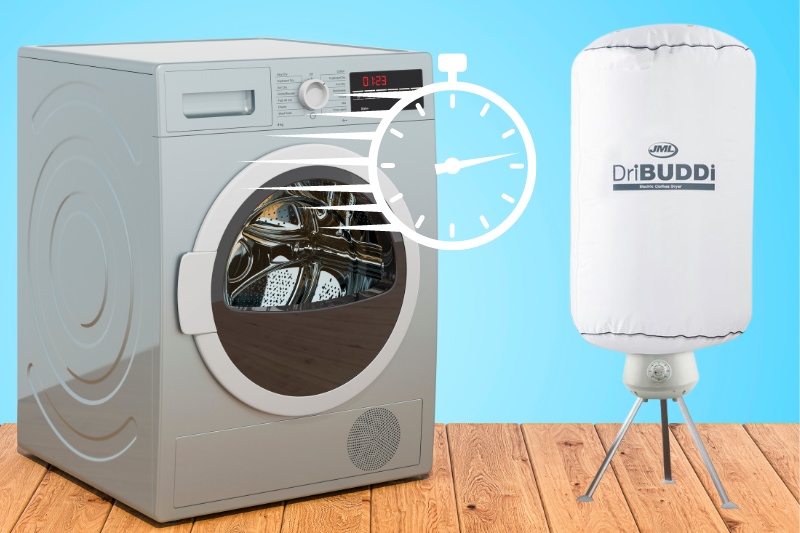
Although drying pods are a faster alternative to a heated airer, their drying speeds have nothing on a tumble dryer.
Tumble dryers dry your clothing by spinning the drum and blasting them with hot air. A standard drying cycle will only take around 45 minutes to complete.
Of course, this will differ slightly based on what you are drying and which drying cycle you select on your tumble dryer.
Lower heat settings are available to help prevent damage to more delicate laundry items, but this will increase the time it takes for your clothing to dry.
Drying pods also blast your clothing with hot air to help them dry, but they can’t reach the high temperatures of a tumble dryer or rotate your clothing.
As such, it can take up to two hours to dry a load of laundry. This is not by any means a bad drying speed, but a tumble dryer will be more time-effective if you’re in a rush or need to complete multiple loads of laundry in a day.
3. Running Costs
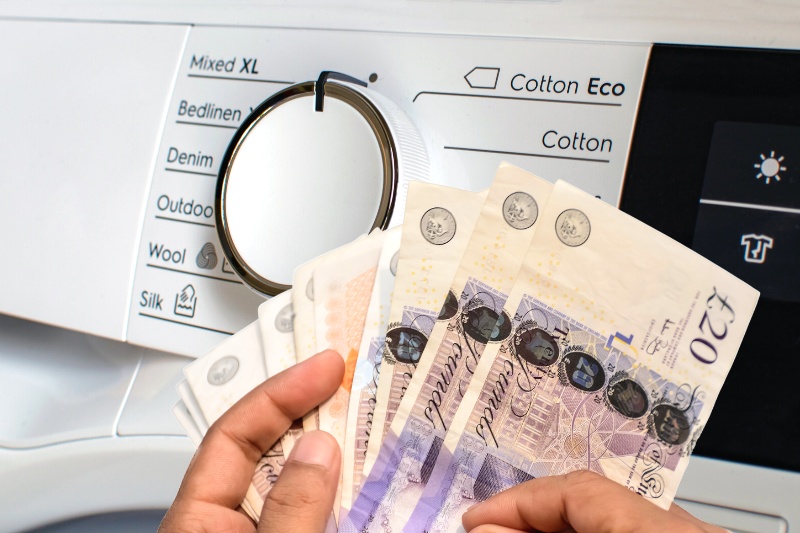
As tumble dryers are much more powerful than drying pods, it is no surprise that they are often much more costly to run.
For example, an average tumble dryer will use 4.8 kWh of energy during a full-load cotton cycle. This equates to between £0.62 and £1.66 per use at the time of writing, depending on the type of dryer you have.
Heat pump tumble dryers are the cheapest to run at only 20p per hour. However, condenser and vented tumble dryers cost over three times that much at 65p and 69p, respectively. This means your running costs will vary greatly depending on the type of appliance you own.
In general, drying pods cost around 35p an hour to run, costing you a maximum of 70p for a two-hour drying period. Unless you own a heat pump tumble dryer, this will be your most cost-effective option when considering the hourly rate and drying time of an average load of laundry.
4. Initial Costs
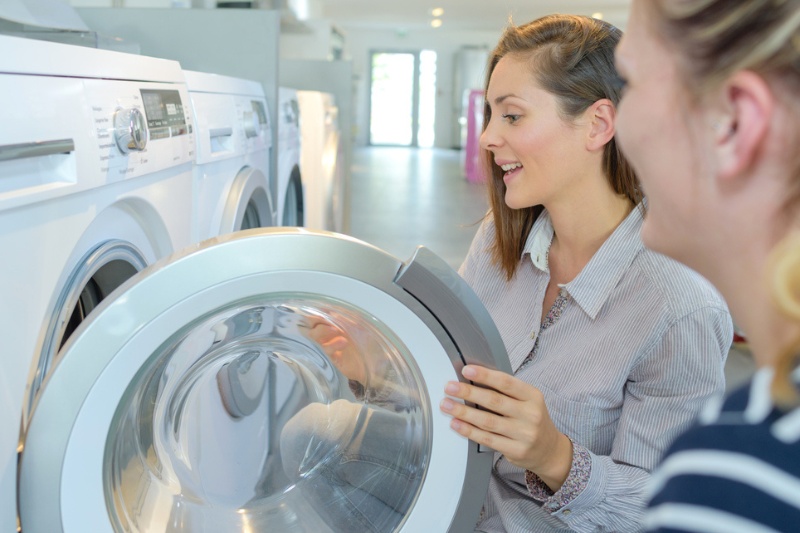
If you’re on a budget, a drying pod is your best choice for keeping your initial costs low. Budget pods can often be found for around £50 on websites such as Amazon, and even the top-rated products can be picked up for less than £100.
For example, Lakeland’s Dry: Soon Pod is a favourite among reviewers and costs much less than the average tumble dryer.
The cheapest tumble dryers which will often set you back at least £150. Unfortunately though, these basic models also often come with several issues, such as having low energy ratings, drying clothes unevenly, and causing dampness in the home.
If you want to fork out for a really high-end tumble dyrer, you’ll generally be looking at a price point of £1,000+. However, you must bear in mind that these models are typically heat pump dryers. This means they have A+++ energy ratings and are more efficient at drying, reducing your running costs later on.
5. Practicality
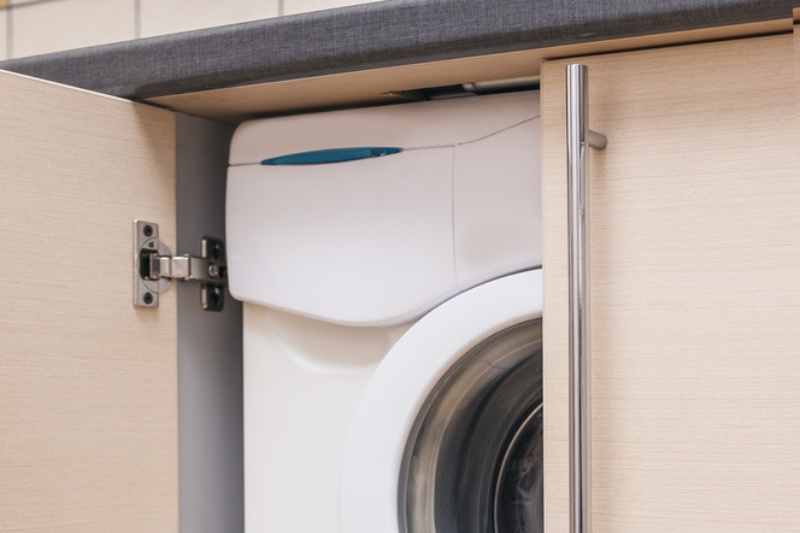
Tumble dryers and drying pods can both be incredibly practical ways of drying your laundry, so the best fit for you depends on your home and needs.
Although both are easy to use and will dry your clothes fairly quickly, there are several disadvantages to the design of each appliance.
Firstly, tumble dryers are known for being loud while they are running. When you take into account the fast speed at which the drum rotates, this makes sense.
However, it can be annoying if you need to leave your dryer on for long periods of time. While drying pods do make some noise, this is more akin to a faint hairdryer, and so isn’t overly noticeable.
Unfortunately, tumble dryers are also known to damage your clothing if used improperly. The harsh conditions within the machine can cause delicate fabrics to shrink and wear down, so you won’t be able to use it for all your clothing items. This being said, you can often adjust the drying programme to reduce the risk of damage.
One advantage of tumble dryers, though, is that they can be placed out of the way in a cupboard or under a worktop rather than being set up and dismantled every time you want to use them. Compared to a drying pod, this saves you a lot of time and space.
6. Maintenance
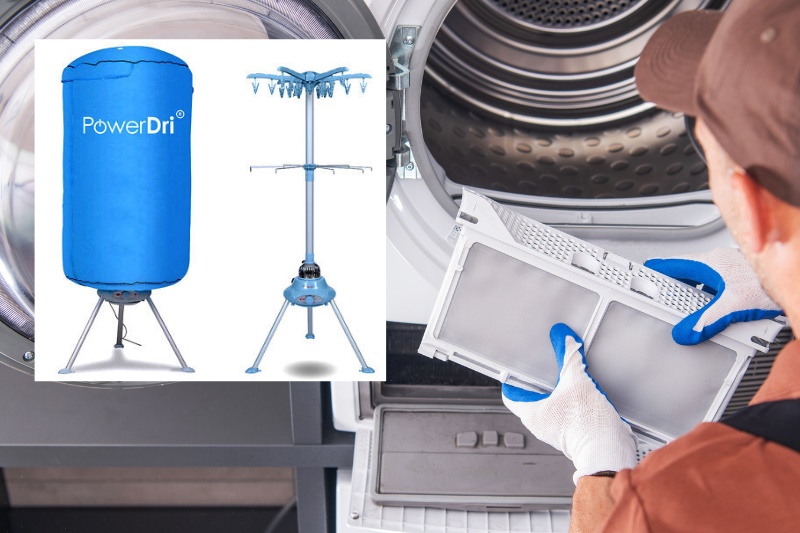
When looked after properly, a good tumble dryer can last for 10 to 13 years!
However, to last this long, they must be regularly cleaned. This includes cleaning the lint filter, drum, condenser box, and other components. As some of these must be removed from the appliance, this cleaning process can be lengthy and challenging.
In comparison, drying pods are extremely easy to clean. You can simply wipe down the metal frame and fan vents with a wet cloth to remove any accumulated dirt. This will allow your drying pod to last you many years!
The main downside of a drying pod is that it must be disassembled after each use if you don’t want it permanently set up in your home. This won’t take long but could lead to accidental damage or misplacement of some components, resulting in you needing to replace the pod.
Drying Pod vs. Tumble Dryer: Our Verdict

Ultimately, whether a drying pod or tumble dryer is the best choice for you depends on your needs.
While a tumble dryer is a great choice for busy homes, they are much more expensive than drying pods and typically cost more to run. This means they’re usually not the best choice for someone working under a budget.
However, drying pods are not ideal for small spaces, as they often have to be placed in the middle of the room. This can obstruct your home and easily be knocked over or cause injuries, especially if you have young children. As tumble dryers can be placed under a worktop, this is usually not an issue.
Before making your final decision, think about your own needs and limitations so that you can choose the option that can be safely and efficiently used within your home. For some, this may even result in you owning a tumble dryer and drying pod for different purposes. The choice is all yours!

Hannah has a passion for cleaning. She worked her way around Australia by cleaning hostels in exchange for free accommodation and used her cleaning skills to bag a job as a chalet host for a luxury ski company in France.
